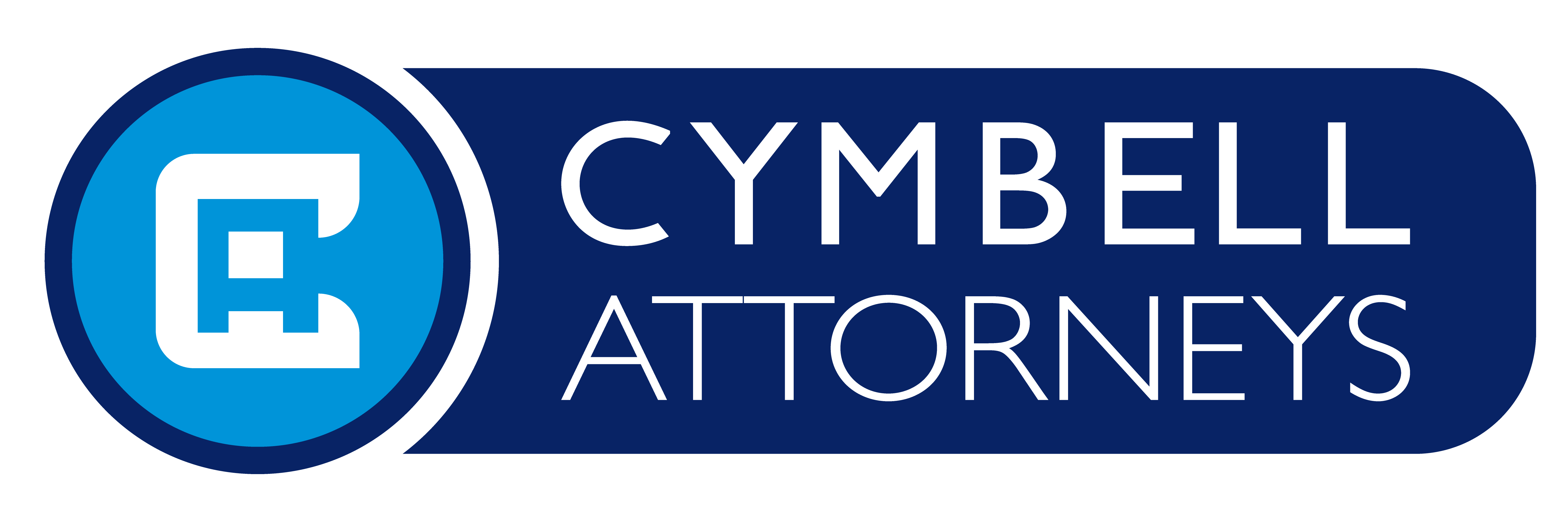Asset Tracing and Recovery
Assets can be owned by a business entity or an individual. They can be many things: real estate, stocks and shares, possessions, undeclared bank accounts, intellectual property rights, company assets (e.g. property, plant and equipment), vehicles, livestock, yachts and, of course, money. In the situation where location and whereabouts of the assets have been concealed the only solution to resort is asset tracing with the aim of recovering the assets.
Asset tracing or asset tracking is a legal process of locating something of value to an individual or company that has been misappropriated. Asset tracing is closely related to fraud or theft where victims lost their assets due to unfortunate events such as scam, embezzlement or theft, and now they want to use this tool called asset tracing to initiate the asset recovery process.
At Cymbell Attorneys, we professionally advise and assist our local and international clients to know the whereabouts of the assets concealed by first checking if the assets really exist and can be found for avoidance of incurring expensive legal fees and unnecessary litigation costs by the client.
What is involved in asset tracing/ tracking and recovery:
The core of asset tracing is obtaining key information that can benefit our clients who want to recover the assets. Key information can be gathered in a variety of ways, anything from directly assessing public registers, by way of judicial or administrative assistance including but not limited to examining land registry, company register, company records, register of non-profit organizations, court records, tax records, vehicle registration register, criminal records, register of bank accounts, immigration records, border crossing and customs records, to name but a few. Information can also be obtained through private networks, as well as through formal cooperation between our investigators and the relevant authorities.
In cases where publicly accessible information can quickly exhaust its limits, private investigation (often including physical surveillance) is invaluable as it helps to achieve more precise hits; in particular, where assets are hidden often using a network of third parties and foreign jurisdictions. After tracing the assets, the next step is the recovery of the assets which is done through either the courts or negotiated settlements. Through court litigations recovery can be done by seeking necessary orders which are invaluable for recovery of the traced assets.
